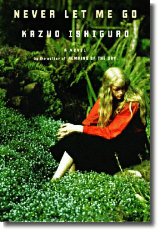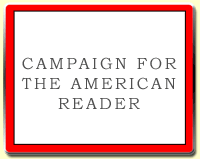 One novel on the list:
One novel on the list:Dracula, by Bram StokerRead about the other entries on the list.
A mirror shows Jonathan Harker that he really is in a fix. "This time there could be no error, for the man was close to me, and I could see him over my shoulder. But there was no reflection of him in the mirror!" Gulp!
Dracula is one of Arthur Phillips' six favorite books set in places that their authors never visited and one of Anthony Browne's six best books. It is one of the books on Mullan's list of ten of the best wolves in literature.
--Marshal Zeringue




































